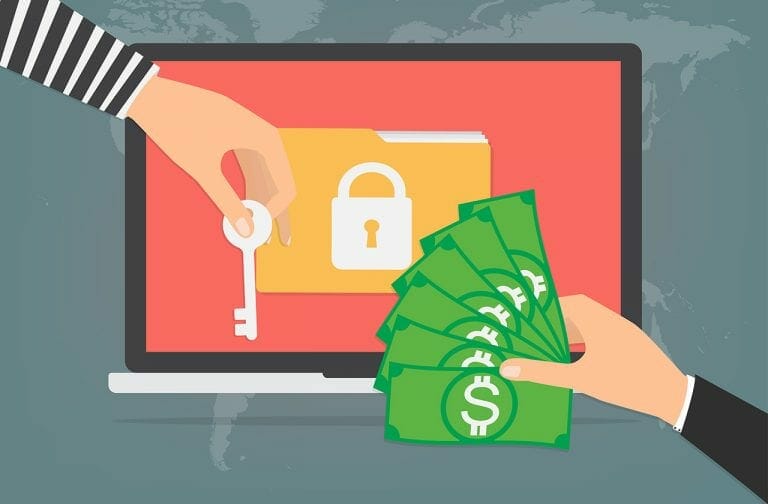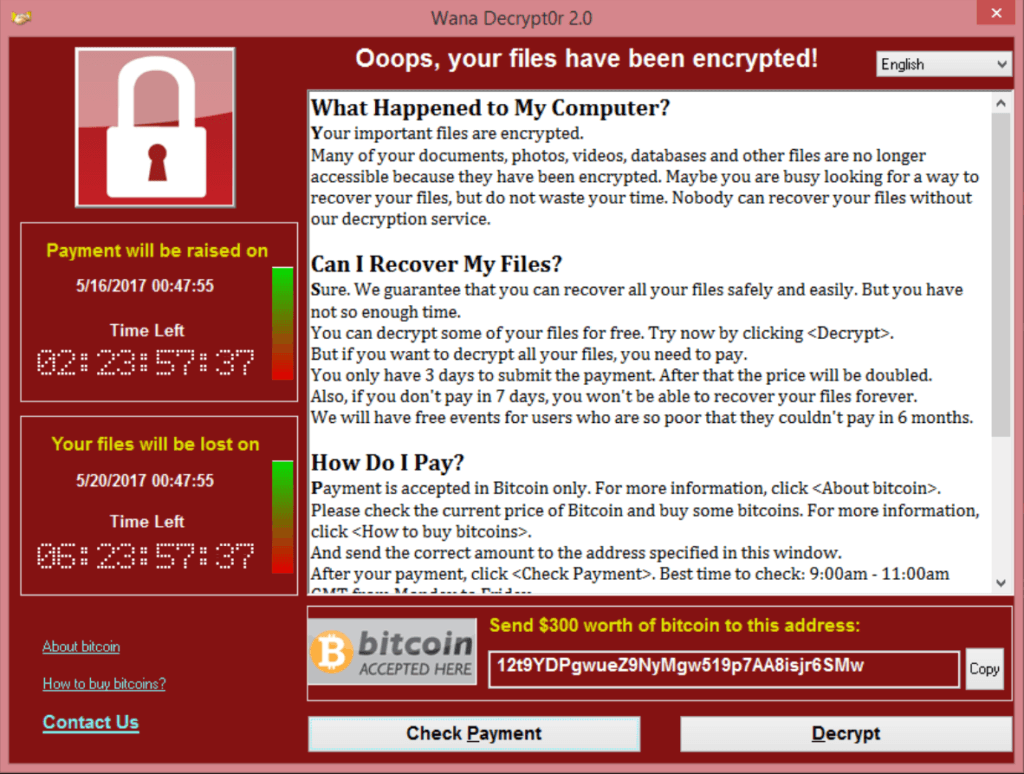So assuming you’re someone who doesn’t live under a rock, you must’ve heard the word “WannaCry” somewhere recently. And, also assuming that you are as clueless about how it works as I was before researching it; here’s a simple explanation.
The ransomware that took toll recently got into dozens of companies, hospitals and even government agencies globally. WannaCry (yes, we know it sounds creepy af) is a ransomware virus that stops the access and transfer of data until a certain amount of money is paid as ransom. Roughly, 200,000 computers in more than 100 counties were targeted, and India was one of the countries that were affected the worst.
If you are still unclear on how this terrifying malware attacks, here’s a further explanation. This virus mainly infects the computer through links and attachments sent via email. These emails tempt the user to open them and sometimes, the users are directed to fake websites that asks for sensitive personal data.
Once the user has been tricked into opening these files, they make their way into the system and block access to all data. Whenever one tries to access the data, a screen pops up, asking the user to pay money. The amount of the ransom tends to increase on delay, by a corresponding countdown.
And if one is courageous enough to opt out of paying the ransom and waiting for the countdown to end, all those pictures of the amazing burgers they had, the snap videos of them driving with loud music playing in the background, cute pictures (or screenshots) with their significant other, will all be deleted forever. (Terrifying, right?) Another detail that is equally as scary is that once a system has been affected, there is no other way to get the data back other than paying the ransom demanded.
How to avoid WannaCry Ransomware:
As the famous saying “prevention is better than cure” goes, there are some steps you can take to avoid falling victim to this malware:
- Most important, do not open any attachments on emails that might look even remotely suspicious or ask for an extensive amount of personal data.
- Keep your devices’ software up to date.
- Back your data up on cloud storage platforms.
Make sure the computers at your workplace are safe from WannaCry by consulting your IT department colleagues.


